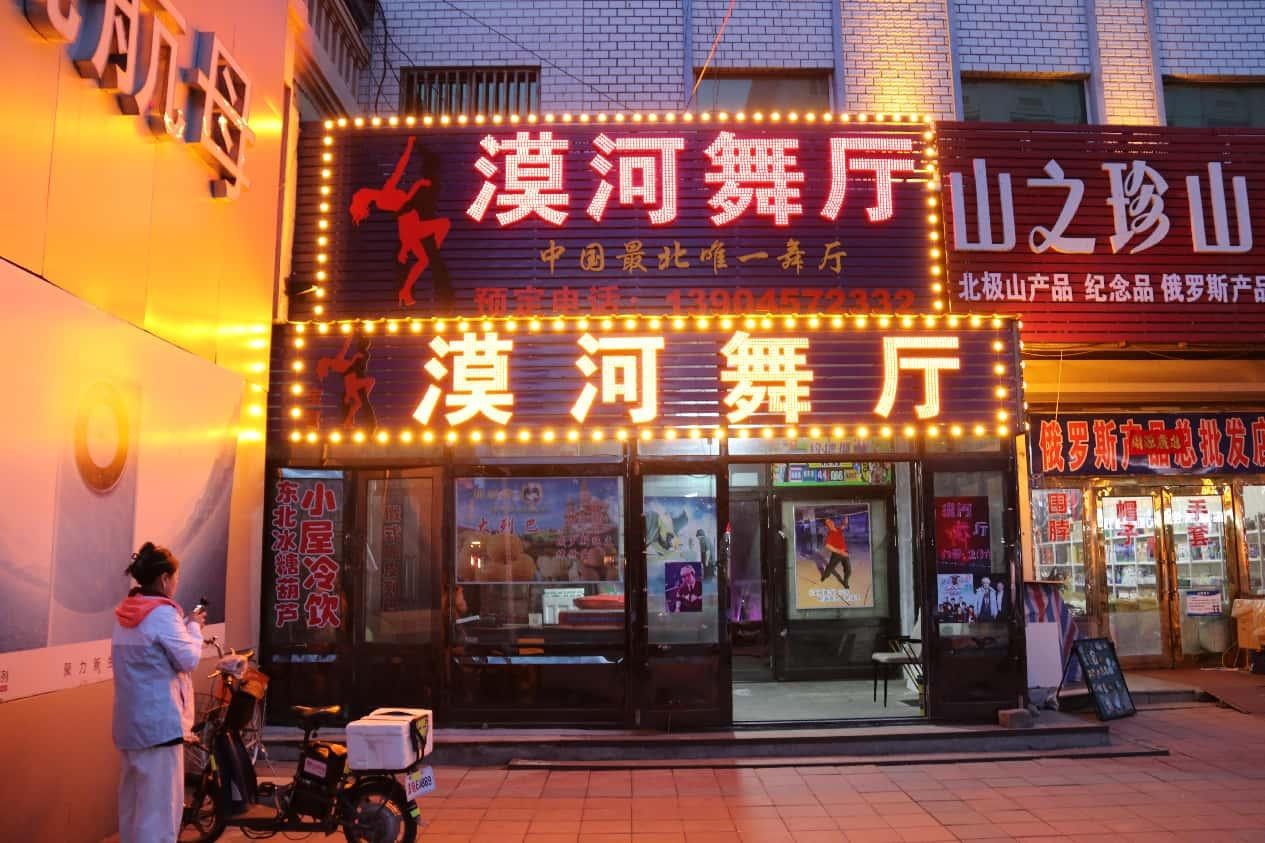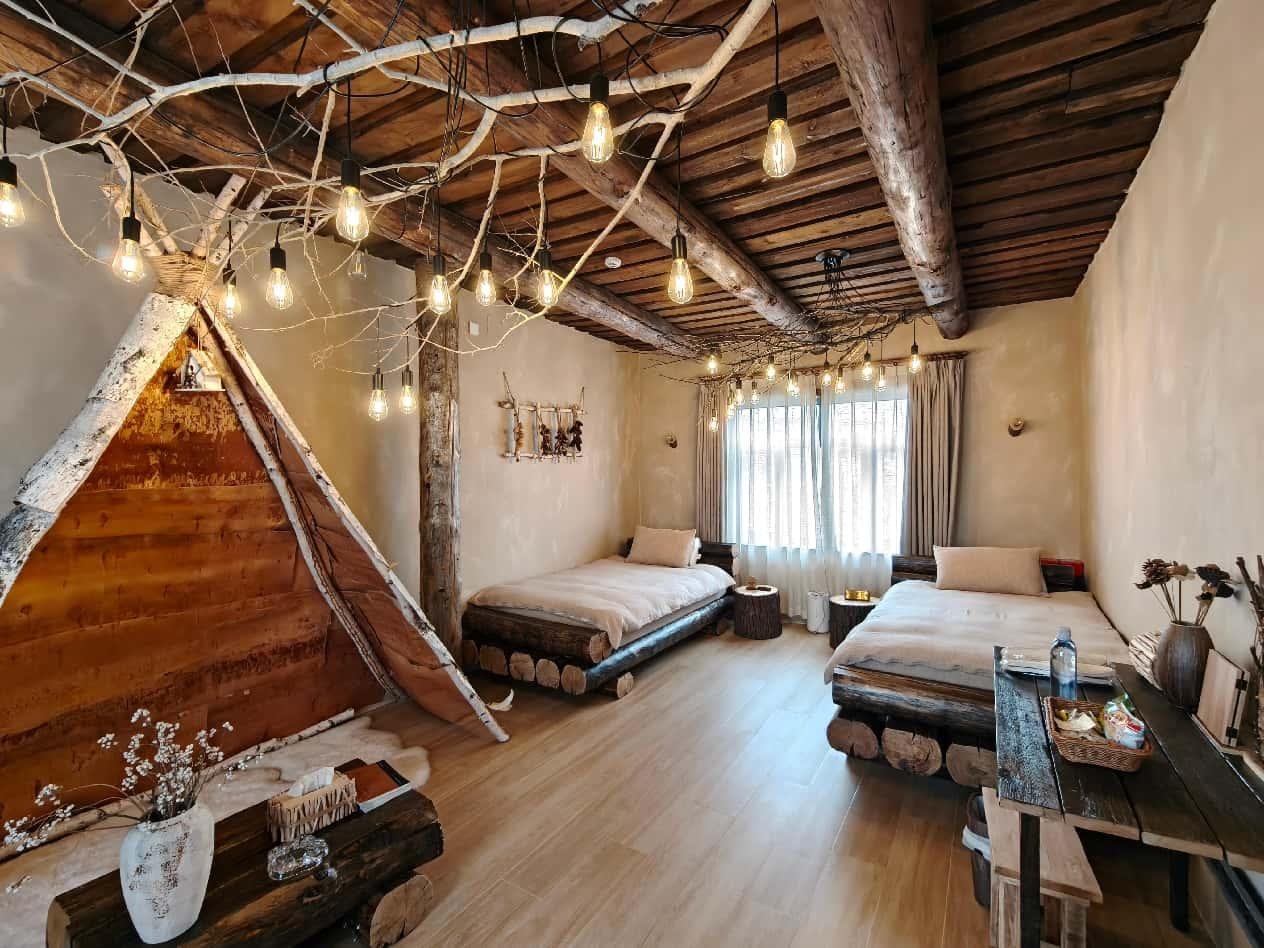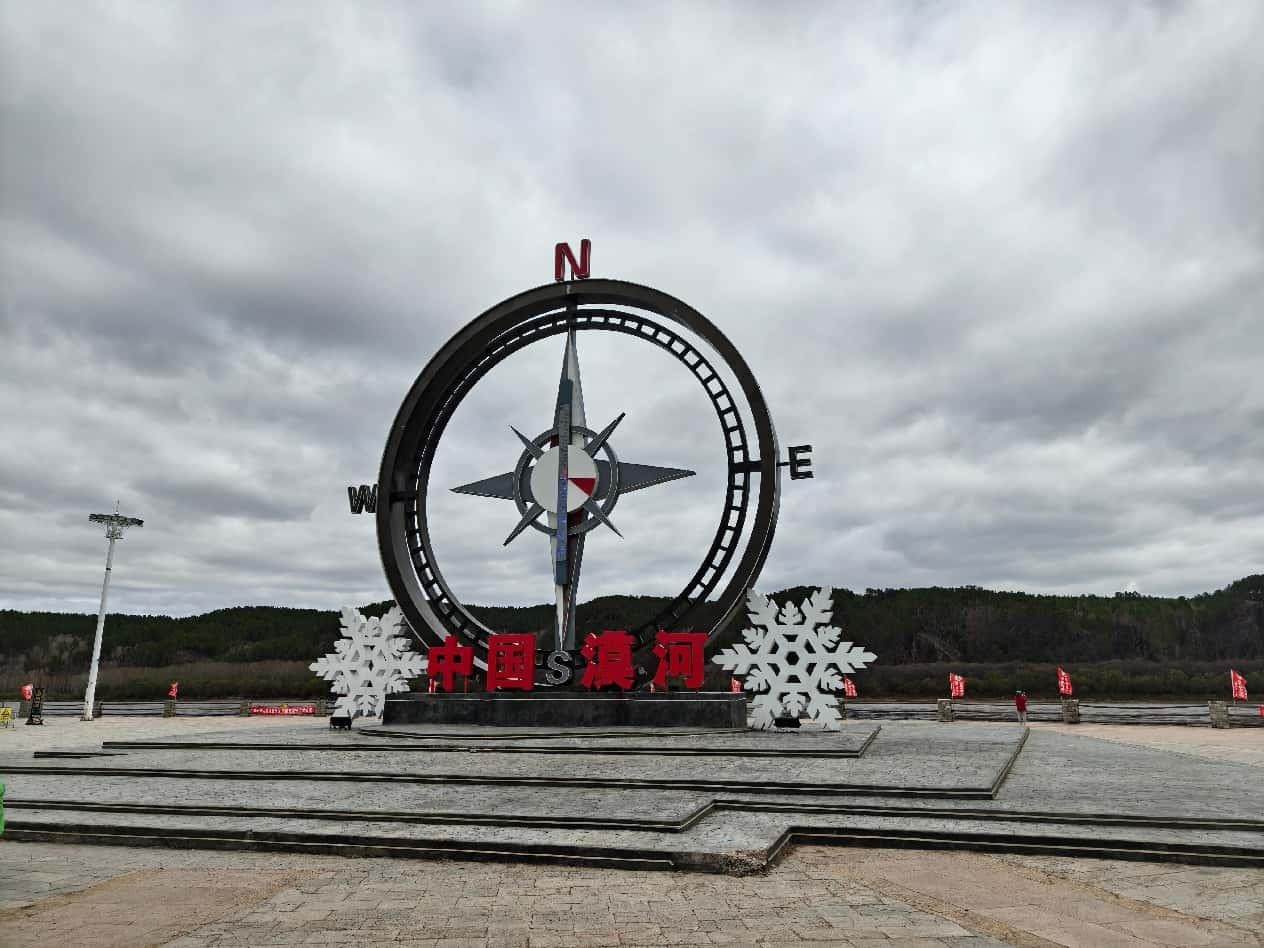




- BRNN
- BRI News
- BRNN News
- Database
Official Documents Polices and Regulations
Inter-government Documents International Cooperation BRI Countries
Business Guide Economic Data BRI Data
Trade
Investment Projects Latest projects
Cases - Content Pool
On June 21, the summer solstice, the northern slopes of the Greater Khingan Mountains are bathed in more than 21 hours of daylight. This is Mohe, China's northernmost city in Heilongjiang province, located at the country's geographic extremity.
Dubbed "Northernmost Point of China," Mohe is known for its unique climate. Summer temperatures barely reach 20 degrees Celsius, while winter lows can plummet to minus 53 degrees Celsius.

The 35th Mohe Northern Lights Festival opens in Beiji village, Mohe, northeast China's Heilongjiang province, June 21, 2025. (Photo/Shao Ting)
Yet in recent years, this remote frontier town has experienced a cultural renaissance, propelled by an unlikely ambassador: a popular song.
Titled "Mohe Ballroom", the song tells the story of a solitary dancer, known by the pseudonym Zhang Dequan, who lost his beloved wife in a fire. The haunting melody and poignant lyrics have captivated audiences in China and the world. "The song has become a cultural window open to the world," said Li Jinbao, manager of the real-life Mohe Ballroom. "It's brought our once-obscure border town on the global map."
As the song went viral, visitors now flock to the ballroom, often queuing for hours during peak seasons. The venue now welcomes hundreds of visitors daily, including many from overseas.
Inside, Li shares videos of international guests dancing together beneath the twinkling lights on his phone. "I remember a group of South African tourists forming a circle and dancing with the locals. It was so lively," he recalled. "We didn't speak the same language, but the music did the talking."

Photo shows Mohe Ballroom in Mohe, northeast China's Heilongjiang province. (People's Daily/Guo Xiaolong)
On international social media platforms, Mohe Ballroom has inspired countless renditions across languages including English, Russian, Spanish, and Japanese. A Brazilian netizen shared lyrics on TikTok, marveling: "Such powerful words! What snow-covered land could birth such fervent emotions?"
This global attention has translated into real economic momentum for Mohe. In the past year, inbound tourism surged, with notable increases from Europe, North America, Japan, and South Korea. For many, the destination is singular: Mohe Ballroom.
French backpacker Emilie said, "The song's tale of a distant, heartfelt northern China drew us here. Standing in the real dance hall, imagining that lone dancer who never stops, feels like touching the song's soul."
The local government has embraced the moment, introducing themed tourism routes like "Auroras and Melodies," which weave together aurora-viewing, cultural activities and forest excursions.
Yet Mohe's cultural significance extends beyond the song.

Photo shows a guest room in Beiji village, Mohe, northeast China's Heilongjiang province, blending Russian decors and local ethnic elements. (People's Daily/Zhou Zhou)
About 130 kilometers north of the city lies Beihong village, home to 256 residents, 119 of Russian descent. Strolling along the riverside walkway tracing the Heilongjiang River, visitors encounter Russian matryoshka dolls and European-featured residents speaking Mandarin with the distinct inflection of China's northeast.
Beihong's history dates back to the late Qing Dynasty (1644-1911), when a gold rush drew waves of Chinese settlers northward. At the time, the proximity of China and Russia fostered intermarriage, resulting in a lasting blend of customs and architecture.
At the cozy "Russian Bakery," Zhao Yinhua, 60, pulls warm loaves from the oven. "My mother-in-law was Russian. Every autumn, she'd take me to the mountains to pick wild hops and teach me to bake Russian lieba (a Chinese transliteration of bread in Russian)," she said. Made with all-natural ingredients and no preservatives, Zhao's bread became so popular that her family opened a bakery.
"Making lieba isn't easy," she explained. "You begin fermenting the dough a day early, adding flour every hour or two through the night. Even in Russia, few people still make it this way." Zhao is committed to preserving the practice. "As someone who carries both Chinese and Russian cultures, preserving this tradition feels like honoring my roots," she noted.

Photo shows a compass statue, a landmark of Beiji village, Mohe, northeast China's Heilongjiang province. (People's Daily/Zhou Zhou)
Further north in Beiji ("North Pole") village, boutique homestays celebrating cross-cultural heritage have become signature attractions. Just across a river sits Ignashino, a Russia city within view.
Sun Cuirong, a third-generation member of a Chinese-Russian family, runs a guesthouse named "Russian Home." "We used to rely on winter tourism, but now we're busy year-round!" she said. Guests are especially fond of the eclectic decor - a blend of cultures - with floral-print linens brought from Russia and family recipes for meat pies, pickled vegetables, and iron-pot stews. "It's the mix of traditions that makes us special to visitors," Sun said.

Tel:86-10-65363107, 86-10-65368220, 86-10-65363106